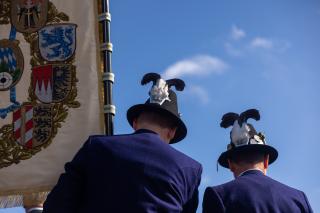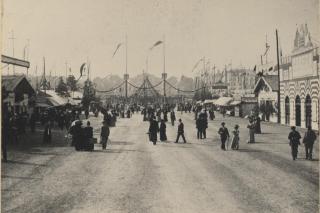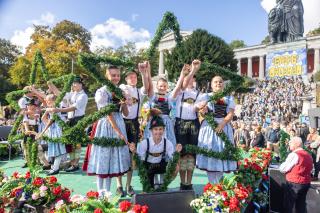A little history of Lederhosen
Jeans have their history, shorts have their history. But the history of no legwear is as exciting as that of leather pants. Frowned upon, loved, forbidden, hip. The Lederhosen has been through a lot over the years. Reason enough for a little excursion into the past.
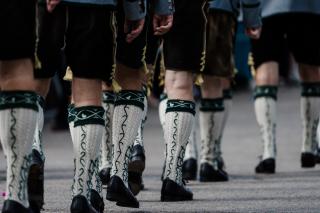
Born out of protest: the first traditional costume society
There are endless things to protest for or against. In Joseph Vogl's case, it was loden pants in 1883. This type of trousers went so against the grain of "Sepp" and his Stammtisch brothers that they had models of traditional short Lederhosen made at the tailor's, which appealed to them much more. Since there were only six of them and they wanted to lend more importance to their cause, they quickly founded an association: the first Trachtenverein.
Hallelujah! With Lederhosen in the church
Vogl and his friends were not prepared to be dissuaded from their fashionable mission by "trifles" such as the prevailing etiquette of the time. Their commitment to their own cause went so far that they did not even shy away from leather-clad attendance at church services. The response was quite unequivocal. The congregation showered the six activists with scorn and ridicule, and even the church immediately took a stand against what they saw as a completely inappropriate leg dress. But sometimes a fan is enough, if it is only the right one. In this case, it was none other than King Ludwig II. The enthusiastic fan of traditional costumes liked the Lederhosen idea so much that he even mentioned it favorably in a specially drafted letter.
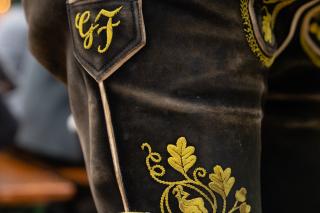
The revival of the Lederhosen
Other noble houses were also infected by King Ludwig's enthusiasm for the former work trousers of farmers, rafters and alpine dairymen and rediscovered the Lederhosen for themselves. Suddenly, Duke Max, the father of Empress Elisabeth, Prince Luitpold and numerous other Habsburgs and Wittelsbachers were proudly posing in Lederhosen while hunting. And as is the way with trends, they suddenly spread. Summer visitors who came to the Lederhosen regions to relax contributed to the new boom, as did the country's intellectual elite, who suddenly showed up in Lederhosen again. And since they were back, the Lederhosen, they could be refined at the same time. Edelweiss and gentian were added to the suspenders, and the pants were embroidered with oak or vine leaves. The saddle, i.e. the back, was often decorated with aphorisms or the portrait of Ludwig II.
Every pair of Lederhosen is different: the length makes the difference
But not only when it comes to designs, there is an impressive variety of Lederhosen, also the length makes the difference. The first Lederhosen, already worn by Ötzi, the world-famous glacier mummy, were long. With the knee breeches then fell in the 17th century some fabric and made the view of tight men's calves free. The model that was supposed to offer mountain hunters and alpine dairymen the necessary legroom was even shorter. The boot leather trousers have a slightly different cut. They have extra tight legs that are tied at the ankles. And then there is this one model with special effect. The Plattlerhose ends just above the knee and its cut and design serve only one purpose: It should make the beat with the hand sound louder when Schuhplatteln.
